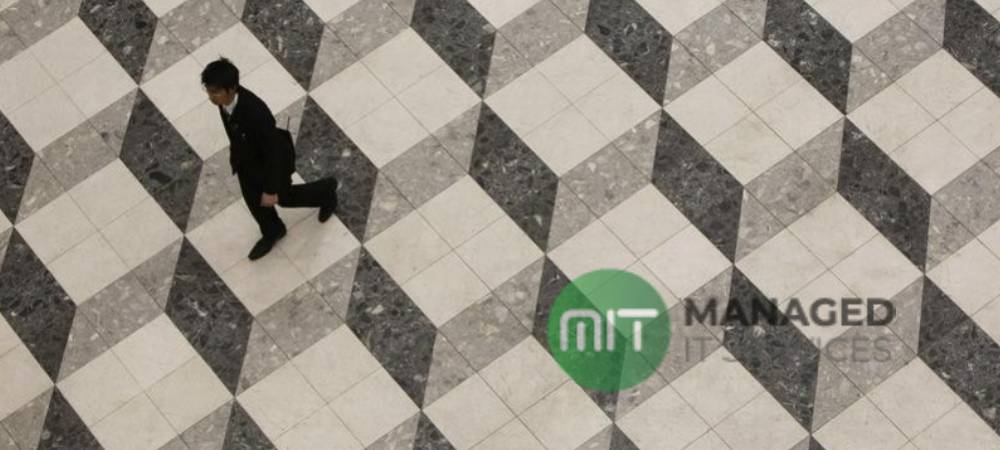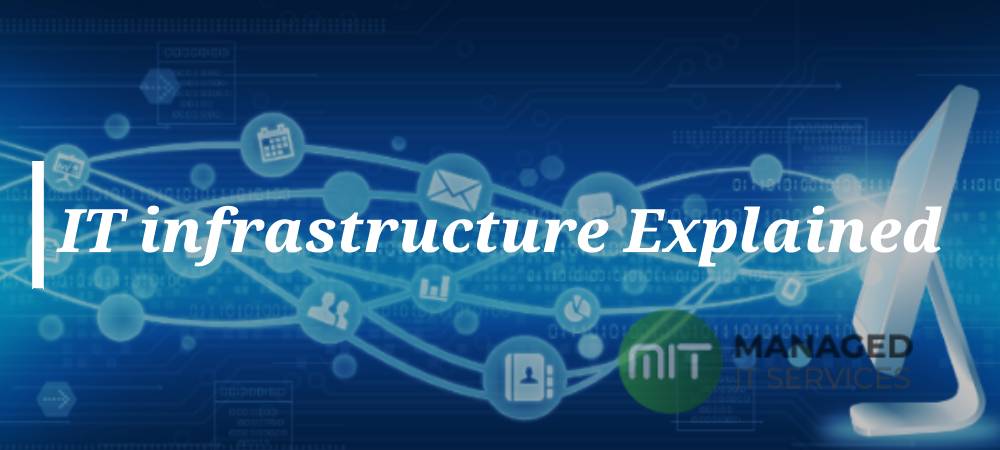Data center tiers are a categorization system – ascending from 1, 2, 3, 4, and 5 – used to consistently evaluate data center facilities in terms of possible site infrastructure availability, often known as uptime. The tier ratings specifically focus on what a data center can offer in terms of redundancy, as well as how much possible downtime a client may encounter over a year.
These data centers are ranked based on performance, from the worst to the best performing among the tiers. These data centers are generally rated by the Uptime Institute, an independent organization. This organization is entitled to issue over 2500 certifications to data centers in more than 110 countries.
The Uptime Institute categorizes data centers into four certification tiers: Tier I, Tier II, Tier III, and Tier IV, while data center Switch Inc serves as an owner of tier V standard. Tier I has the greatest projected downtime or poor performance, whereas Tier IV has the least scheduled downtime or highest performance.
Classification Of Data Center Tiers And Their Importance
In this section, we will discuss data center tiers one by one along with their importance, and in the end, we will be able to differentiate among them.
- Data Center Tier I – (Basic Capacity)
- Data Center Tier II – (Redundant Capacity Components)
- Data Center Tier III – (Concurrently Maintainable)
- Data Center Tier IV – (Fault Tolerance)
- Data Center Tier V – (Fault Sustainable)
Tier I
Tier 1 data centers are at the bottom tier because of the amount of severance and interruption. The system often shuts down during power outages and crises because it has just one power and cooling channel. The structure must also be completely shut down to do the yearly inspection and renovation work on the building, resulting in a potentially lengthy shutdown. Its yearly uptime is projected to be 99.671%, which equates to 28.8 hours of downtime. It provides enough specs to keep the data center running. However, if any of its components are removed or faces any internal problem, the entire data system comes on stake.
Tier II
A Tier 2 Data Center has all of the features of a Tier 1 Data Center. But the power and cooling components of the Tier 2 Data Center are somewhat redundant and occur as a difference between the two tiers. It also compensates for Tier 1 technological flaws by adding certain extra functions. It incorporates a dynamic power and cooling architecture that will not allow the data center to go down at any cost. Tier 2 data centers have an uptime of 99.741%. Compared to Tier 1 data center, it has more structure and implements measures to reduce the risk of potential outages.
Tier III
Tier 3 data centers were created to address the shortcomings of Tiers 1 and 2. The majority of its equipment is dual-powered and has multiple uplinks. With multiple power, cooling, and system paths intact, servers can remain operational during planned maintenance and outages. As a result, if one fails, the system can still function. In the flea market, they are commonly referred to as Tier 3+ data centers.
Tier IV
Tier 4 data center meets all of the capabilities of Tier 1, 2, and 3, but its differentiating point is that it includes fault tolerance mechanisms and component redundancy. Fault tolerance specifically means that when unplanned individual equipment failures or distribution path interruptions occur, the effects of the events have no impact on IT operations. Tier IV has no single point of failure. As a result, the goal of a tier IV data center is to provide continuous support and services regardless of the circumstances.
Tier V
A Tier 5 data center is a newer trend that meets all Tier 4 data center requirements and some additional ones. These include waterless operations, air pollutant detectors, secure server racks, energy systems, and monitors. A Tier 5 data center is usually picked for renewable energy projects. Usually, organizations that are concerned about their eco-friendly image opt for such data centres.
| SPECIFICATION | TIER I | TIER II | TIER III | TIER IV | TIER V |
| Redundancy | None | Partial | N+1 | 2N+1 | 2N+1 |
| Uptime | 99.67% | 99.74% | 99.98% | 99.995% | 99.999% |
| Downtime | <28.8hrs | <22.7hrs | <1.6hrs | <26.3 min | <5.3 min |
| Distribution Paths | Single | single | One normal and one alternate | Two active | Two active |
| Concurrently Maintainable | No | No | Partial | Full | Full |
| Continuous Cooling | Load density-dependent | Load density-dependent | Load density-dependent | Yes | Yes |
| Maintenance | Outage for maintenance | Outage for maintenance | Concurrently maintainable | Fault tolerance | Fault sustainable |
| Compartmentalization | No | No | No | Yes | Yes |
Conclusion
MITServices can help you manage your data centre. We employ industry-wide best practices and skilled professionals, guaranteeing a hassle-free experience. Our proactive approach to data centre management ensures any issues are resolved promptly, i.e. before they can cause any considerable damage. Contact us for any queries.




